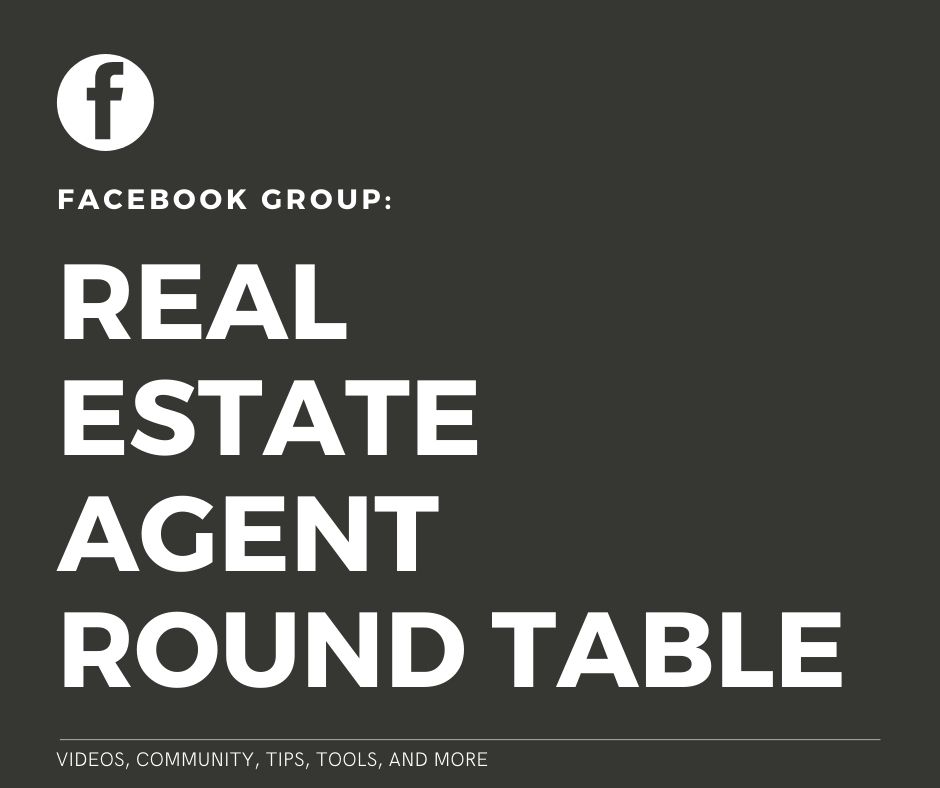

Do you have a real estate team organizational chart? If not, you need to make one. These org charts provide the structure and guide for how to grow a successful real estate team. At Icenhower Coaching & Consulting, we’ve developed four sizes of org chart: one for small teams, midsize teams, large teams, and expansion teams. We’ve also created alternative options for the midsize and large team charts to accommodate a more traditional model and a hybrid model. We’ll dive into the differences between traditional and hybrid in a moment. Today we’re going to talk about why these org charts are so important. And, we’re going to give you a free download to help you get the ball rolling.
Let’s review the three key benefits a team must provide its agents.
This is the most thorough book on real estate teams ever written. The real estate team organizational chart templates are included in the book, in greater detail. I talk a lot more about the five key factors to building a high-performing real estate team. It has been a best-seller since it went live on Amazon, and you can read the reviews to see how it is making an impact on teams across the country.

For small teams, there is a very clearly defined way to start. When you reach around 30 transactions a year, it is time to consider hiring. If you are the team leader, the first person you should hire, without a doubt, is an administrative person. This person should handle listing to contract and contract to close. Most agents who start a team would rather hire a buyers agent first, however, because it is less scary. Administrative hires are paid as a monthly expense, where you only need to pay a buyers agent when they close a deal. This is a critical error.
This comes up a lot — what’s the deal with victual assistants (VA)? Will a VA work for starting a small team? Yes, you can us a VA as your admin support. That said, you won’t get nearly the service that you would with an in-person assistant. A lot of things need to be done in-person for real estate. Having your administrative support as a local hire is a huge advantage. Hiring a VA is the most useful as an assistant to your assistant, or, as a first hire before you can afford an in-person admin.
When you are ready to grow past the small team level, you can go two ways. The traditional midsize real estate team organizational chart or the hybrid version. At this size, you likely have three administrative assistants and are producing north of 200 transactions per year.
The traditional model shows two branches of your team; the administrative support and the sales team. The sales team will be split into two — buyers agents and listing agents. You can also have showing assistants to help the buyers agents.
The hybrid model, on the other hand, is very attractive to real estate agents because it allows agents to work with buyers and sellers. It doesn’t separate them into to distinct sections like the traditional model does. There are pros and cons to each model, but in the last 10 years, the hybrid model has really taken off.
Similar to the midsize real estate team organizational structure chart, the large team has two options: traditional and hybrid. The traditional model breaks team roles into the administrative, inside sales agents (ISAs), and the sales agents. ISAs are necessary to help handle online leads. The ISAs deliver warm leads to the sales agents on the team. This structure works very well. The hybrid structure also works well, and, same as the midsize model, the sales agents on this team work with both buyers and sellers.
This structure is for the biggest teams in the nation, where the team leader is completely out of production. The team, to a large extent, runs itself. These teams get huge, with an intricate structure that is built carefully and thoughtfully.
Let us help you get your team organized. Download this free template of a real estate team organizational chart for a large, traditional team model in return for subscribing.
